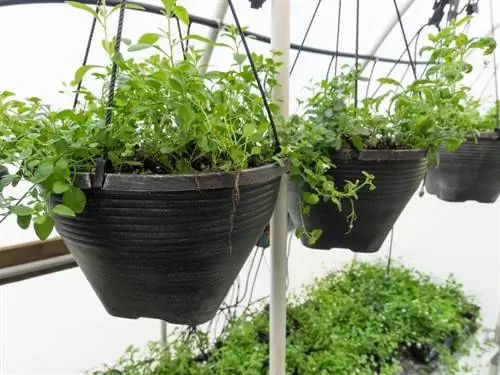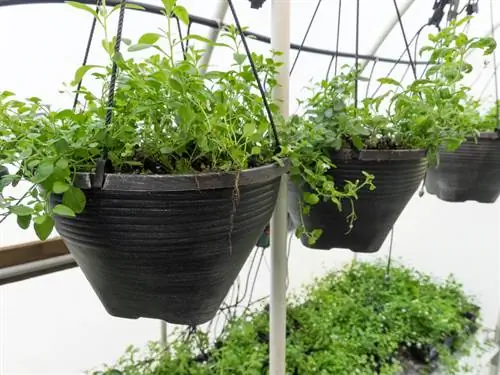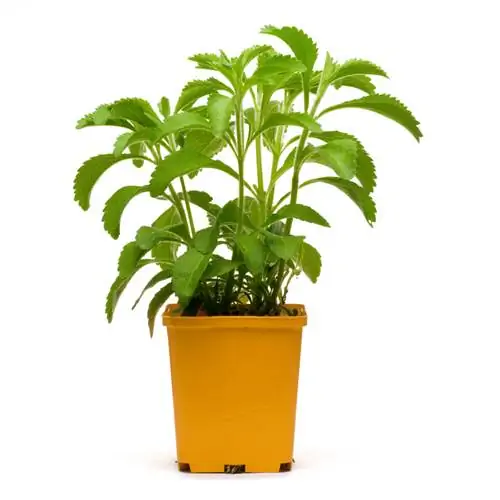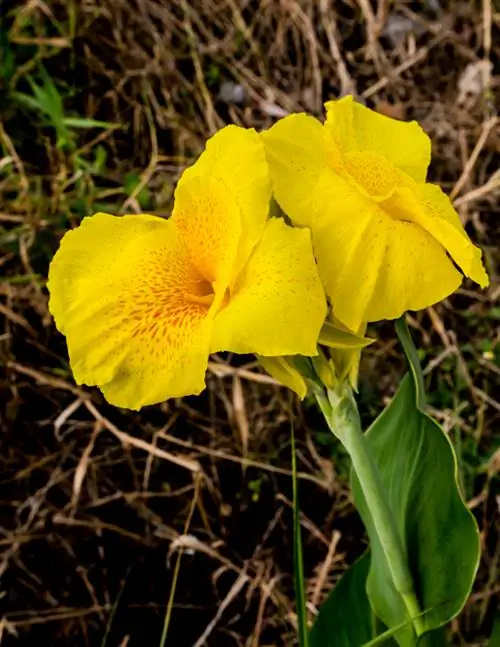- Author admin [email protected].
- Public 2023-12-16 16:46.
- Last modified 2025-01-23 11:20.
The magic bell is often referred to as the “mini petunia” due to its similarity to the petunia. Despite its actual relationship to the petunias, it is a separate plant genus called Calibrachoa. The Calibrachoa species, which are not hardy outdoors, are also known as “millionbells” because of their abundance of flowers, not only in English-speaking countries.

How can you overwinter magic bells?
In order for magic bells to overwinter successfully, they need temperatures of around 14 degrees Celsius, a bright room, pruning to a shoot length of 10 cm and economical, regular watering. In spring, slowly get used to higher temperatures and sunlight.
An annual balcony flower with potential
The magic bell quickly grows into an impressive shower of flowers in the garden bed or balcony box in spring if it receives enough sunlight, water and nutrients. Since it is very sensitive to frost, young plants or cuttings may only be transplanted outdoors without protection after the Ice Saints. It is also relatively easy to harvest the seeds from the slowly browning seed capsules after flowering and to grow new plants from them in spring.
Important factors for overwintering attempts
Under certain conditions it is possible to save specimens of the magic bell over the winter into the next garden season:
- at temperatures around 14 degrees Celsius
- in a bright room (e.g. a winter garden)
- shortened to a shoot length of about 10 centimeters
- watered sparingly but regularly
Tip
After successfully overwintering in a protected place, you should first slowly accustom your magic bells to higher temperatures and direct sunlight before planting them outdoors again in May.






